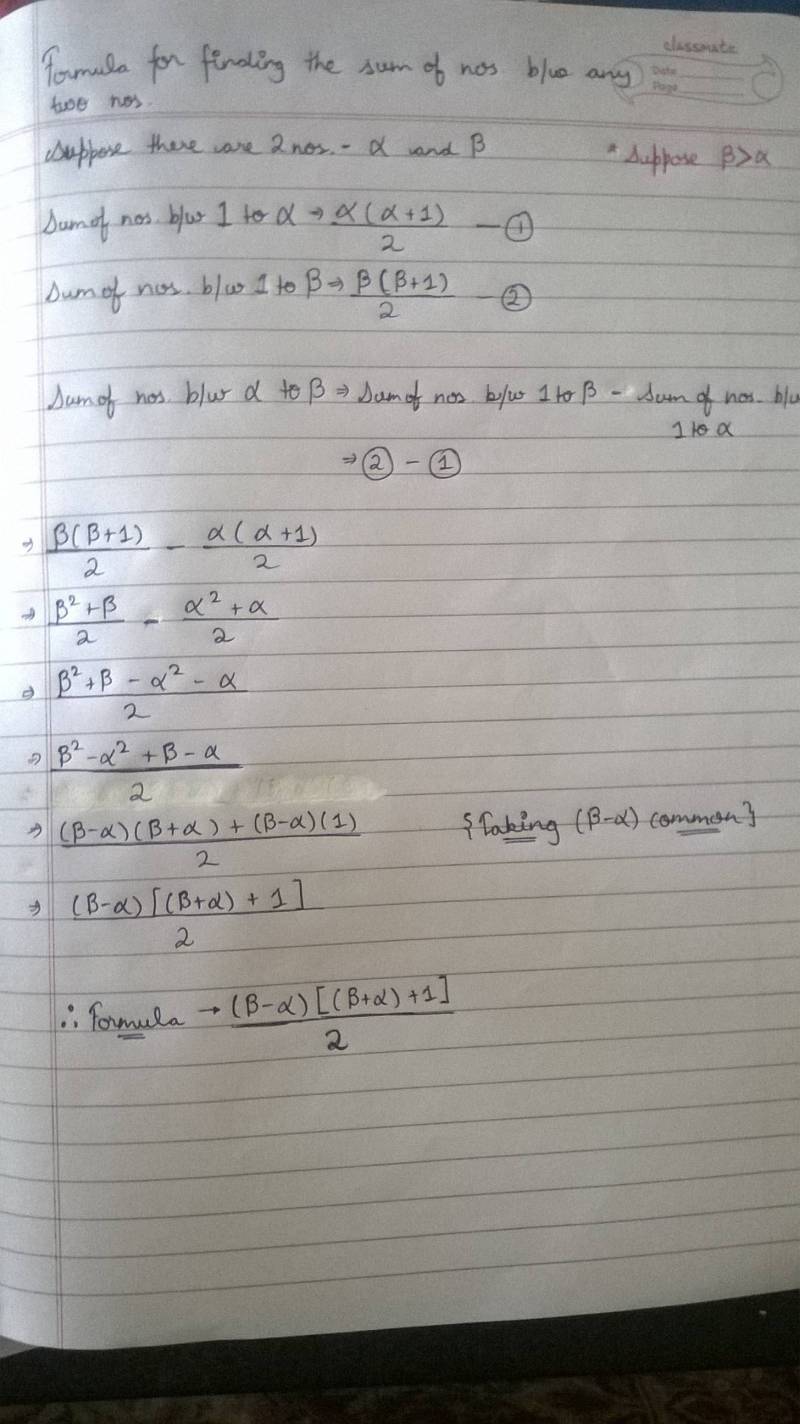How To Find The Sum – This article was co-authored by David Jia. David Jia is a math teacher and founder of LA Math Tutoring, a private tutoring company based in Los Angeles, California. With more than 10 years of teaching experience, David works with students of all ages and grade levels in a variety of subjects, providing guidance on college admissions and test preparation for the SAT, ACT, ISEE and more. After scoring a perfect 800 in math and 690 in English on the SAT, David received a Dickinson Scholarship from the University of Miami, where he graduated with a bachelor’s degree in business administration. Additionally, David has worked as an online video instructor for textbook companies such as Larson Texts, Big Ideas Learning, and Big Ideas Math.
This article has been fact-checked to ensure the accuracy of the facts presented and to confirm the authority of the source of the information.
How To Find The Sum
,%20so%20that%20the%20number%204a067b%20is%20divisible%20by%2011..jpg?strip=all)
A polygon is a closed figure with sides of straight lines. At each point of the polygon there are both internal and external angles, which correspond to the internal and external angles of the closed figure. Understanding the relationships that determine these angles is useful in many geometry problems. It is especially useful to know how to calculate the sum of the interior angles of a polygon. This can be done using a simple formula, or by dividing the polygon into triangles.
C Program: Calculate Sum Of Reciprocal Of 10 Natural Numbers Using For Loop. S =1/1+1/2+1/3+ +1/10.
This article was co-authored by David Jia. David Jia is a math teacher and founder of LA Math Tutoring, a private tutoring company based in Los Angeles, California. With more than 10 years of teaching experience, David works with students of all ages and grade levels in a variety of subjects, providing guidance on college admissions and test preparation for the SAT, ACT, ISEE and more. After scoring a perfect 800 in math and 690 in English on the SAT, David received a Dickinson Scholarship from the University of Miami, where he graduated with a bachelor’s degree in business administration. Additionally, David has worked as an online video instructor for textbook companies such as Larson Texts, Big Ideas Learning, and Big Ideas Math. This article has been viewed 405,887 times.
To calculate the sum of the interior angles, start by counting the number of sides of your polygon. Then enter this number into the formula for the “n” value. Then correct for “n” by subtracting 2 from the number of sides and multiplying the difference by 180. This gives you, in degrees, the sum of the interior angles in your polygon! Read on to learn how to calculate the sum of the interior angles by drawing a triangle! Joe is the creator of the Inch Calculator and has over 20 years of experience in engineering and construction. He has earned many degrees and certificates.
The sum of squares is a statistical measure of the deviation from the mean of the numbers in the data set. The sum of squares is equal to the sum of the squares of the deviations from the mean for each number or data point in the series.
The sum of squares is often used to find the variance or standard deviation in a data set.
Question Video: Finding The Number Of Terms That Make The Sum Of A Given Arithmetic Sequence Negative
The sum of squares formula is also widely used in analysis of variance (ANOVA) and related models that attempt to understand whether meaningful differences exist between groups.
In a classic one-way ANOVA, you decompose the sum of squares for all data into a within-group sum of squares and a between-group sum of squares. You can then perform an F-test with the ratio of these two sums of squares, which will give you the correct number of degrees of freedom.
Therefore, the sum of squares SS is equal to the sum of each number in the set xi minus the mean x̄ squared.

The first step in finding the sum of squares is to find the mean. The average is equal to the sum of all numbers in the set divided by the number of numbers in the set.
Find The Sum To N Terms When Tn= N(n+1) 2
The mean x̄ is equal to the sum of each number in the set divided by the number.
Finally, you can use the sum of squares formula to calculate it by adding the squared deviation scores for each data point.
Step One: Find the mean by dividing the sum of all values by the sample size.
How to find the sum or difference, how to find the sum of probabilities, how to find the sum of angles, how to find the sum in excel, how to find the vector sum, to find the sum, how to find the sum of numbers, how to find the sum of integers, how to find the sum of series, how to find the sum of polynomials, how to find the sum of fractions, how to find the indicated sum
